With the advancement of technology, healthcare providers are increasingly turning to visual communication to enhance the patient care journey. The power of video in healthcare cannot be underestimated, as it has the ability to convey complex information in a clear and concise manner. From educational videos explaining medical conditions and procedures to virtual consultations, video has the potential to revolutionize the way healthcare is delivered.
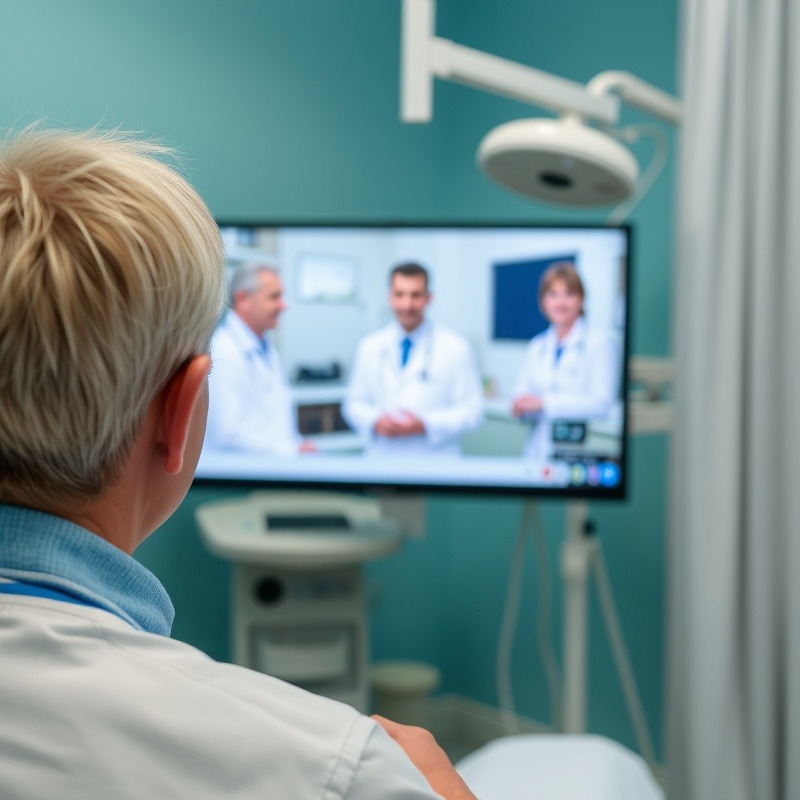
Importance of Visual Communication in Patient Care
Visual communication plays a crucial role in patient care, as it allows healthcare providers to effectively convey important information to their patients. Traditional methods of communication, such as written instructions or verbal explanations, can often be confusing and difficult for patients to understand. By incorporating video into the patient care journey, healthcare providers can overcome these barriers and ensure that patients receive the information they need in a format that is easily digestible.
Video has the unique ability to simplify complex medical concepts and procedures. By visually demonstrating these concepts, patients are better able to grasp important information about their condition and treatment options. For example, a video explaining a surgical procedure can show patients what to expect before, during, and after the surgery, helping to alleviate any fears or uncertainties they may have. This leads to improved patient compliance and better overall outcomes.
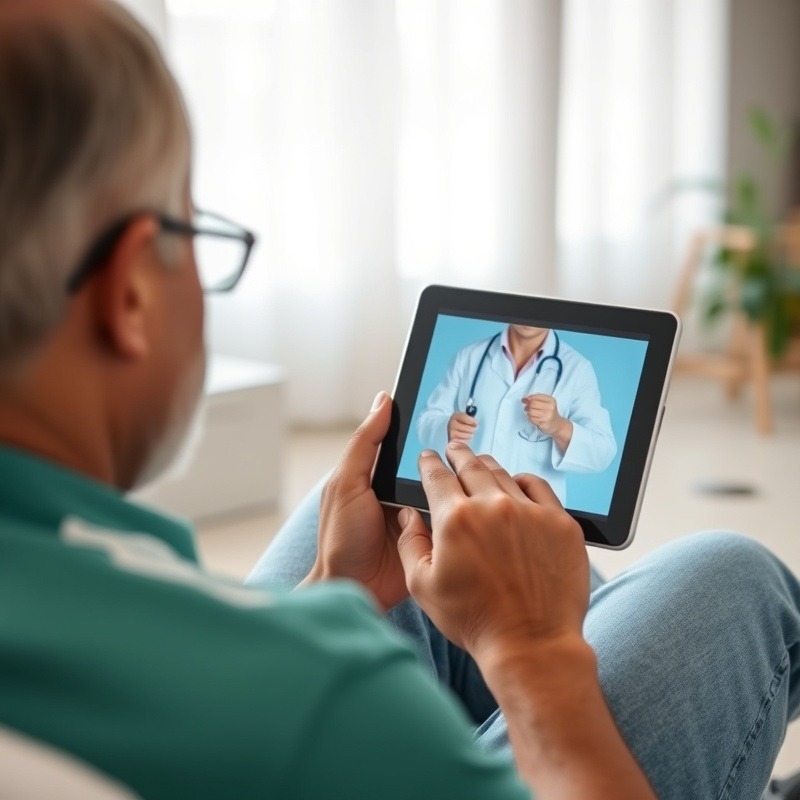
The Impact of Video in Healthcare Settings
The impact of video in healthcare settings is far-reaching, with benefits for both patients and healthcare providers. One of the key advantages of using video in healthcare is the ability to facilitate remote consultations. This is particularly beneficial for patients who may be unable to visit the clinic in person due to geographical constraints, mobility issues, or other reasons. By leveraging video technology, healthcare providers can connect with these patients, allowing them to receive the care they need from the comfort of their own homes.
Remote consultations not only increase accessibility to care but also save time and resources for both patients and providers. Patients no longer have to travel long distances or wait for appointments, and healthcare providers can see more patients in a shorter amount of time. This not only improves efficiency but also allows healthcare providers to reach a wider patient population, ultimately improving healthcare outcomes on a larger scale.
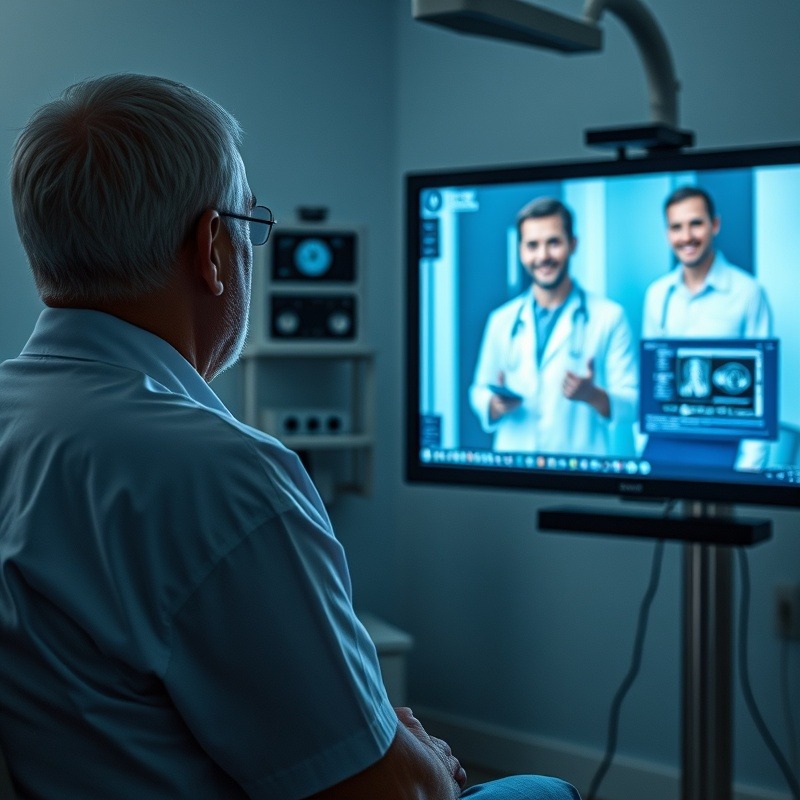
Enhancing the Patient Care Journey through Video
The patient care journey encompasses all interactions and experiences a patient has with the healthcare system, from the initial diagnosis to post-treatment follow-ups. Video has the potential to enhance every step of this journey, making it more seamless and personalized.
One of the key ways video can enhance the patient care journey is by improving patient education and understanding. By visually demonstrating medical concepts, patients are better able to grasp important information about their condition and treatment options.
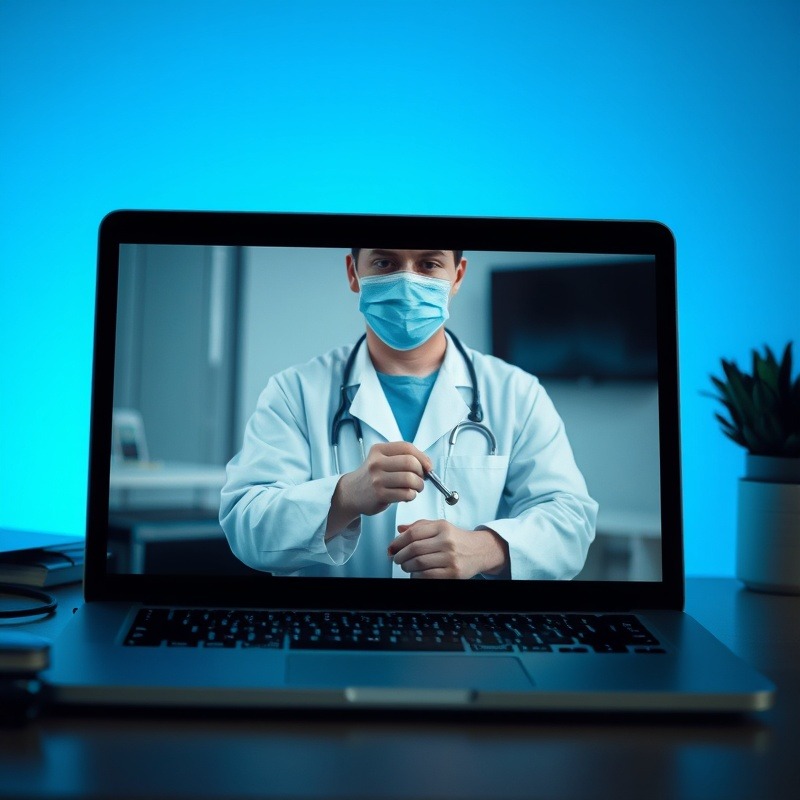
How Video Can Improve Patient Education and Understanding
Video has the power to transform patient education and understanding by presenting information in a visually engaging and easily understandable format. Traditional methods of patient education, such as pamphlets or verbal explanations, can often be overwhelming or confusing for patients. By contrast, video provides a dynamic and interactive way to convey information, making it easier for patients to absorb and retain knowledge.
For example, a video on managing diabetes could visually demonstrate how to administer insulin injections, explain the importance of blood sugar monitoring, and provide tips for maintaining a healthy lifestyle. By presenting this information in a clear and concise manner, patients are more likely to understand and remember the key takeaways.
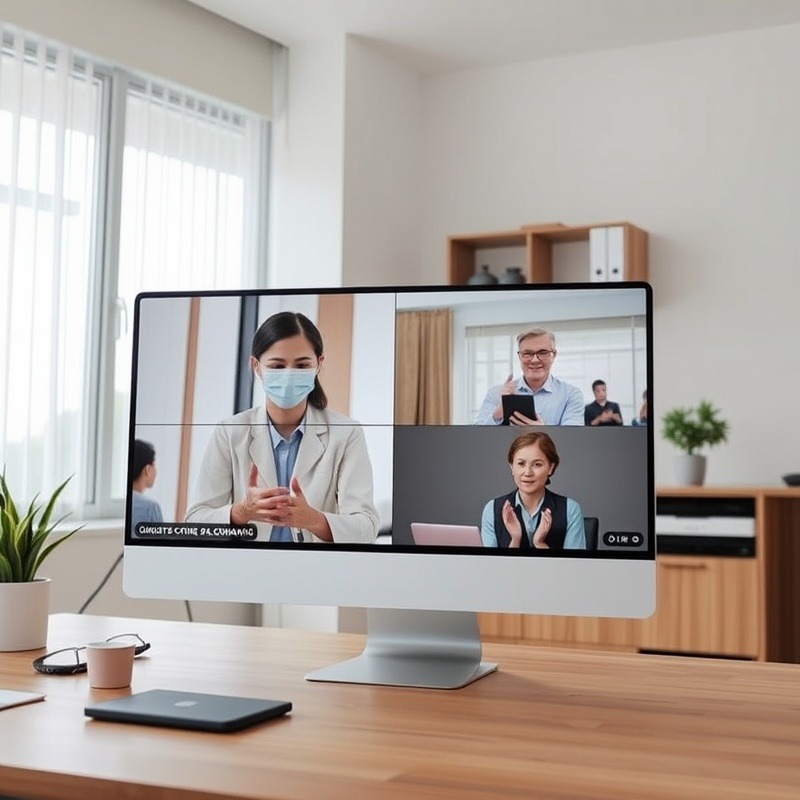
Using Video to Enhance Communication between Healthcare Providers and Patients
Video can also be used to enhance communication between healthcare providers and patients. Virtual consultations, for example, allow healthcare providers to connect with patients in real-time, regardless of their physical location. This not only increases accessibility to care but also allows for more frequent and convenient communication.
During virtual consultations, healthcare providers can assess patients' symptoms, answer questions, and provide guidance on treatment plans. This not only saves time for both patients and providers but also allows for more personalized and patient-centered care. Patients can receive the support they need without the hassle of traveling to the clinic, while healthcare providers can monitor patients' progress and make any necessary adjustments to their care plans.
As the healthcare industry continues to embrace technology, the power of visual communication through video will play a vital role in enhancing the patient care journey.
 Add Row
Add Row  Add
Add 



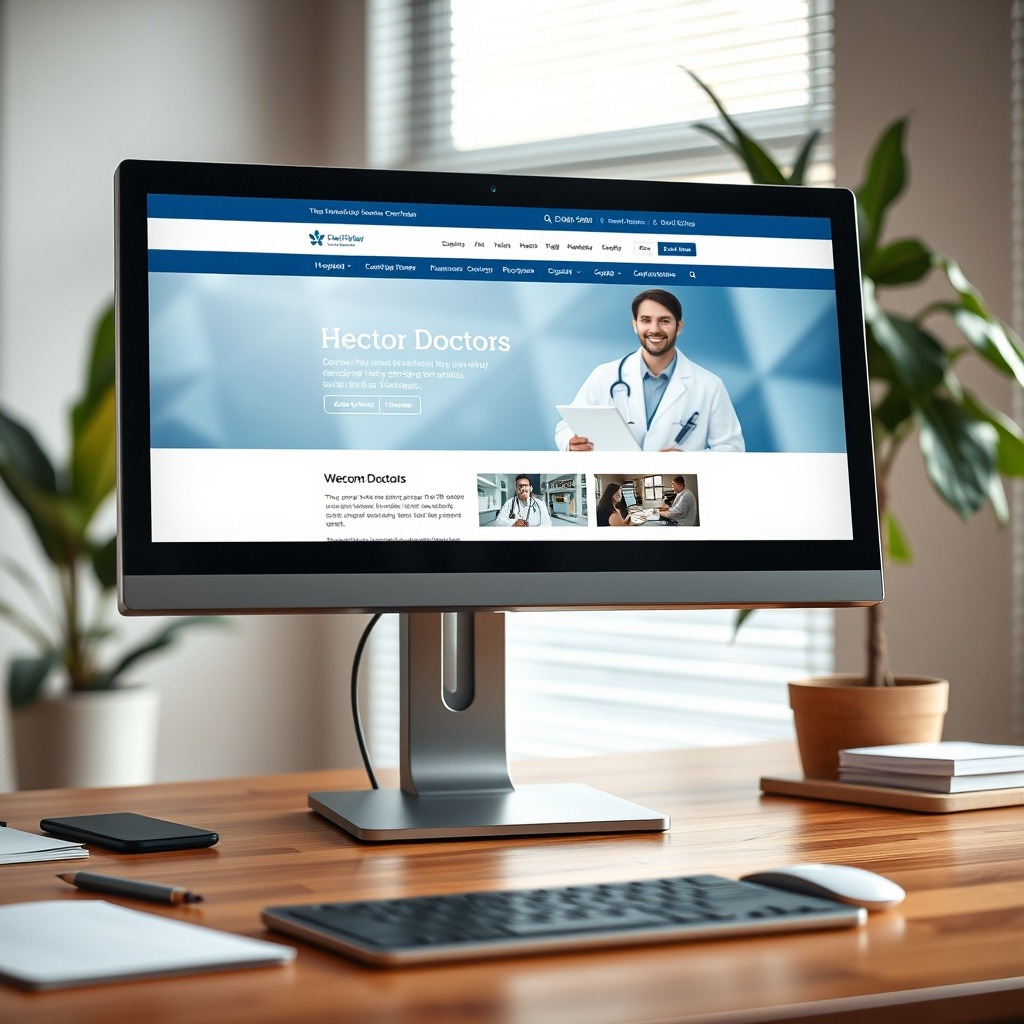
Write A Comment